Microsoft’s Windows 365 ‘Cloud PC’ Service: 6 Things To Know
The browser-accessible service brings a number of advantages for users and IT staff, along with creating managed services opportunities for partners, Microsoft said.
The ‘Cloud PC’ Arrives
Microsoft is aiming to revolutionize personal computing once again with the debut of a cloud-based, browser-accessible Windows desktop service. The new solution, Windows 365, kicks off what Microsoft is hoping will be the “cloud PC” era, where your device type and location are no barrier to using your Windows desktop. The forthcoming Windows 365 offering also opens up an array of new opportunities for solution providers, said Melissa Grant, director of product marketing for Microsoft 365. “We think this new category affords a ton of opportunity to our partners,” Grant said. To underscore the partner opportunity with Windows 365, Microsoft is announcing the solution at the company’s virtual Inspire 2021 partner conference this week.
Windows 365 is not meant to replace Microsoft’s existing virtualized desktop solution, Azure Virtual Desktop, but it does offer a number of simplifications that should make the new offering appeal to a wider range of businesses, she said. Azure Virtual Desktop is expected to continue to be a good fit for certain organizations—especially those that have virtualization expertise on staff and have specific customization needs, Grant said.
What follows are six key things to know about Microsoft’s Windows 365 service.
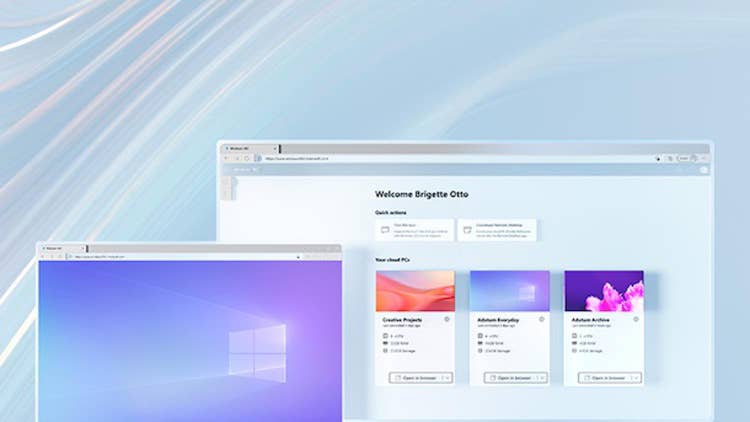
How It’s Used
Microsoft is calling Windows 365 a “cloud PC” solution because the desktop can be streamed in a web browser and will be available on any PC or mobile device. Along with Windows devices, that includes Apple’s Mac, iPad and iPhone devices, as well as Android and Linux devices. The ability to use a virtualized Windows desktop on any browser or device is new with Windows 365, and not something that’s available with Azure Virtual Desktop, Microsoft said. (Along with HTML browsers, Windows 365 can also be accessed through the Microsoft Remote Desktop app.)
Key capabilities of Windows 365 include “instant-on” booting and the ability to keep the same state of your cloud desktop even after switching between devices—meaning that you can pick up where you’d left off on your other device, the company said.
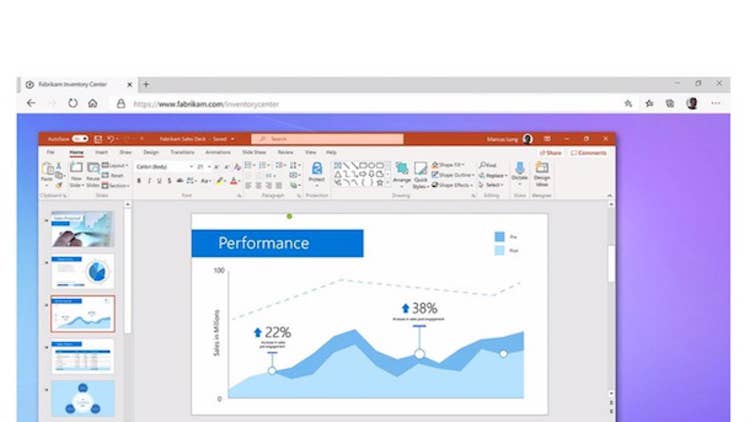
Who It’s For
Microsoft is touting Windows 365 as a solution for meeting the computing needs of hybrid and remote workforces. It’s a good fit for small and medium-sized businesses—which typically lack the virtualization expertise needed for Azure Virtual Desktop—and offers unique capabilities to larger businesses, as well, according to the company. Ultimately, Windows 365 should be an option for a far greater number of businesses due to its simpler IT deployment and management, the company said. “Windows 365 is for the approximate 80 percent of the marketplace that lacks the need for full customization or the resources for dedicated IT,” Microsoft said in a blog post.
Along with the applicability of Windows 365 for hybrid and remote work, use cases cited by Microsoft include seasonal workers (who can “ramp on and off according to the needs of the business”) and “specialized workers in creative, analytics, engineering, or scientific roles who need greater compute power and access to critical applications.”
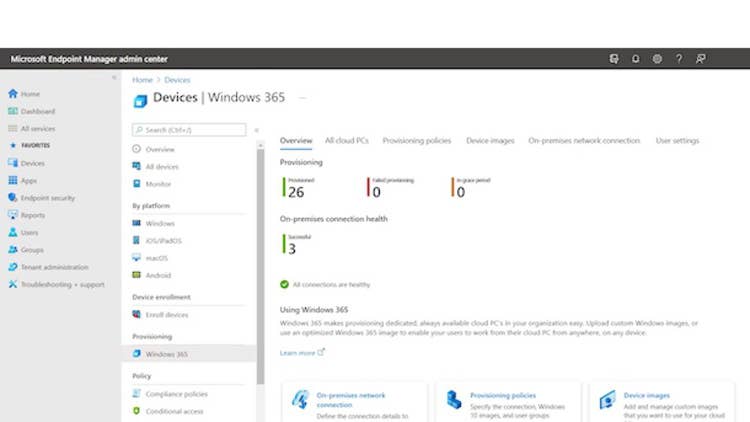
Advantages For IT
Windows 365 is targeted as a simplified method of deploying and managing virtualized Windows desktops when compared with Azure Virtual Desktop, Microsoft said. IT professionals can deploy and manage Windows 365 with Microsoft Endpoint Manager, the same tool that is used for managing physical PCs. IT will use Endpoint Manager for applying management and security policies to Windows 365 users in the same way as for the physical devices, Microsoft said.
IT can also quickly and easily scale up the processing power and monitor the performance of Windows 365 deployments, Microsoft said. “From the Endpoint Analytics dashboard, you can easily identify the Cloud PC environments that are not delivering the performance needs of a given user, and not only can you get recommendations, but you can also upgrade them at the touch of a button,” Microsoft said in a blog post.
From an IT perspective, Windows 365 should appeal to businesses of many sizes because endpoint management specialists are far more common than virtualization specialists, Grant said.
“We wanted to make sure that we were creating something simple enough for an endpoint manager to be able to use—so you don’t have to have that Azure expertise or that VDI experience in order to be able to use Windows 365,” she said.
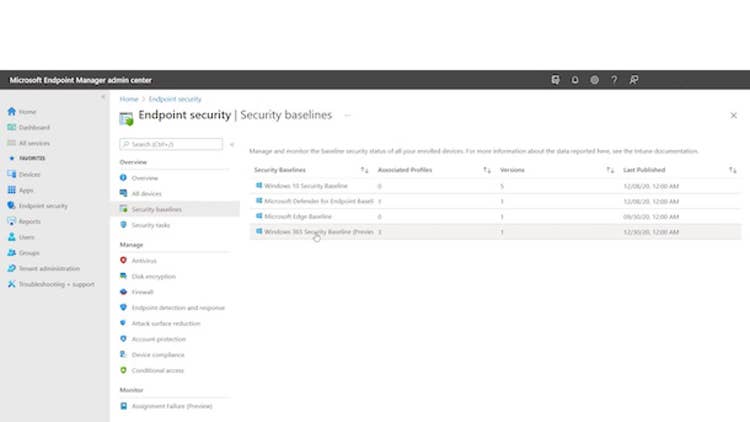
Security
Naturally, Windows 365 will work with Microsoft’s Azure Active Directory identity authentication service, and the service works with multi-factor authentication (MFA) as well, Microsoft said. Using Endpoint Manager, MFA can be paired with conditional access policies that are specific to Windows 365 to instantly assess the login risk of a certain session, Microsoft said.
The Microsoft Defender for Endpoint security solution also works “seamlessly” with Windows 365, and encryption is used “across the board” with the service, the company said.
From a security standpoint, Windows 365 is an ideal solution at a time when “the desire to do secure work on personal devices” has risen significantly, Grant said. “There has been huge demand [from businesses] to give people this level of access when they’re not on their corporately owned machines,” she said.
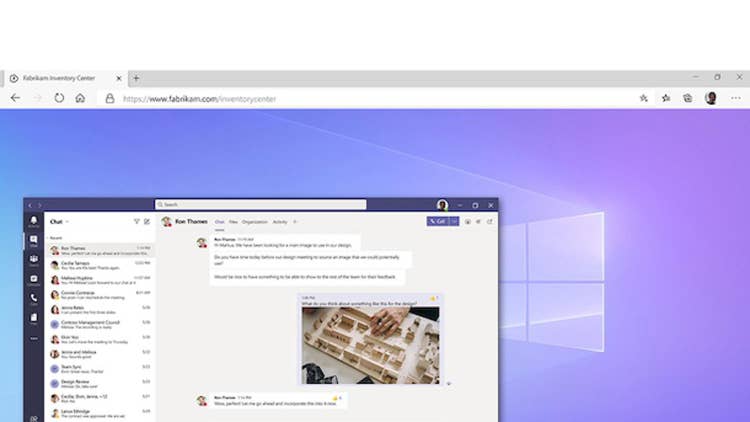
Partner Opportunities
Microsoft is pointing to numerous opportunities for solution provider partners with Windows 365, including resale and services. For instance, managed services providers will have “a great opportunity to really incorporate Windows 365 into their broader Microsoft estate. A lot of MSPs are already helping our customers do things like adopt cloud management. That’s obviously going to be key for Windows 365. So it’s really about adding that to their portfolio,” Grant said.
“And as they do things like adopting a zero trust infrastructure, Windows 365 will work with that,” she said. “So they can really start to build on the existing work that they’re doing—helping our customers become more secure, become more modern in their approach—and then be able to also provide that Windows experience across devices, all integrated with their overall managed service offering.”
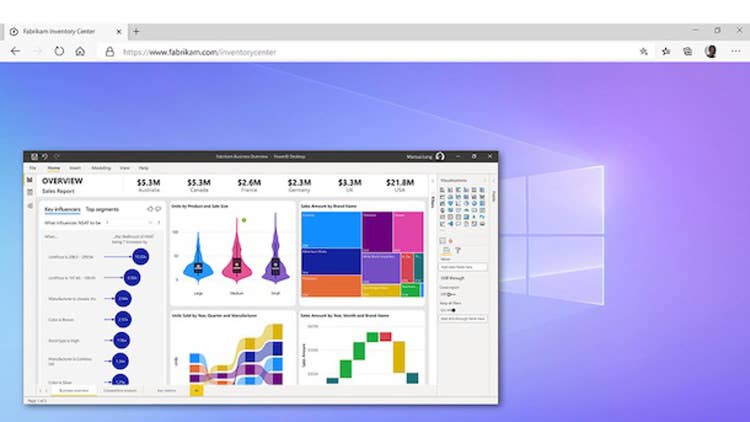
Availability
Windows 365 will be generally available on Aug. 2, Microsoft said. The solution will be offered as a monthly subscription—including through Cloud Solution Provider partners—in two editions. Those editions will be Windows 365 Business for customers with fewer than 300 users, and Windows 365 Enterprise for larger customers. Enterprises can purchase Windows 365 through CSP partners as well as through the Microsoft Enterprise Agreement.
Windows 365 will offer different options in terms of compute power and storage capacity, Grant said. There will be a range of SKU offerings offered, from lightweight app use up to high-scale computing that requires “huge amounts of CPU,” Grant said. “We do know that some of our customers will want to use this for high-capacity computing, for things that require big workloads … So, regardless of how powerful your computing needs are, you can get the right size cloud PC for you.”
And since Windows 365 will have a subscription model, the service will offer flexibility with the option to resize a user’s computing requirements up or down on a monthly basis, Grant said.
Windows 365 will be offered first with Windows 10, and will be offered with Windows 11 when the new operating system debuts later this year.